After yesterday’s Urbana Art Fair and a good night’s sleep last night, I was feeling pretty good. But a 20-minute walk in the prairie with my sweetie has me feeling so much better!
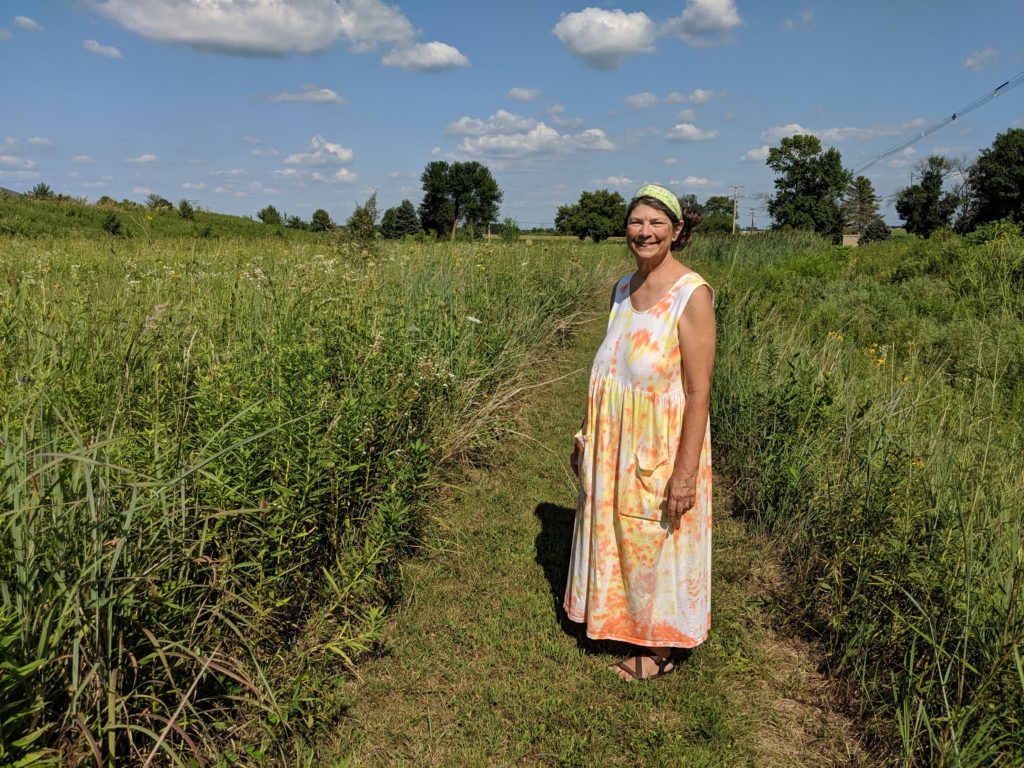

After yesterday’s Urbana Art Fair and a good night’s sleep last night, I was feeling pretty good. But a 20-minute walk in the prairie with my sweetie has me feeling so much better!

I’d been feeling somewhat glum these past two days, so I decided to take steps. Specifically, I paid a visit to the Conservatory at the Plant Sciences Laboratory at the University of Illinois.
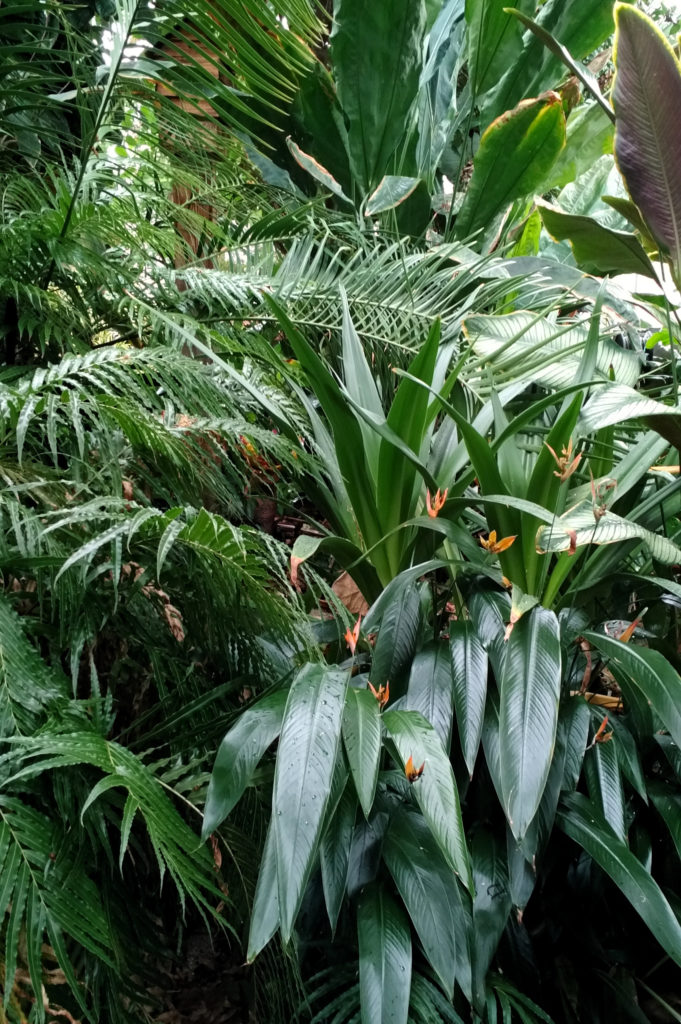 It’s a nice space to visit on a winter day. It’s warm. It’s humid. It’s full of plants.
It’s a nice space to visit on a winter day. It’s warm. It’s humid. It’s full of plants.
I’d been meaning to go since before Christmas, but the University’s closure over the holidays made it seem simpler to just wait, and then my glumness made it seem suddenly rather urgent, so today I just dropped everything to go for a short visit.
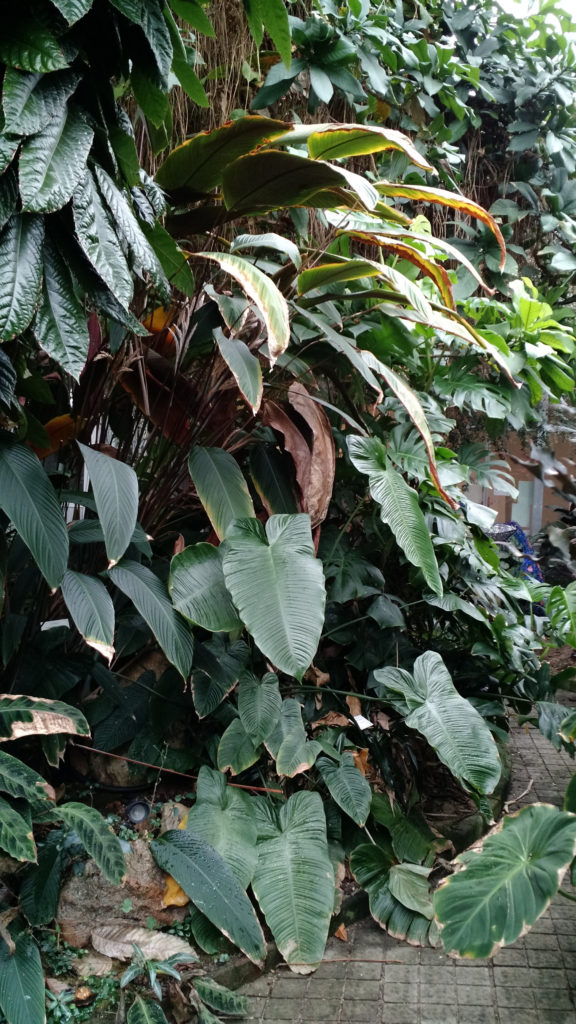 Longer term, I want to return for a more deliberate visit. I want to return on a sunny day, and see what some bright sunshine does to the space. I want to bring art supplies and spend some time drawing, rather than merely taking a few quick snaps the way I did today.
Longer term, I want to return for a more deliberate visit. I want to return on a sunny day, and see what some bright sunshine does to the space. I want to bring art supplies and spend some time drawing, rather than merely taking a few quick snaps the way I did today.
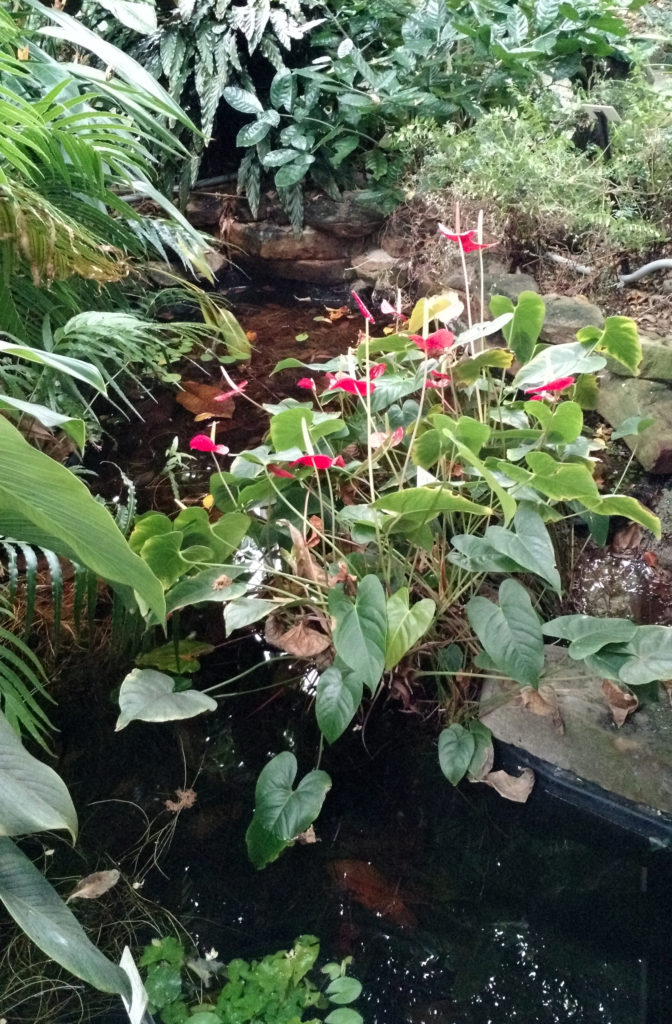 But today, this is what I had time for, and I think it has been of some help.
But today, this is what I had time for, and I think it has been of some help.
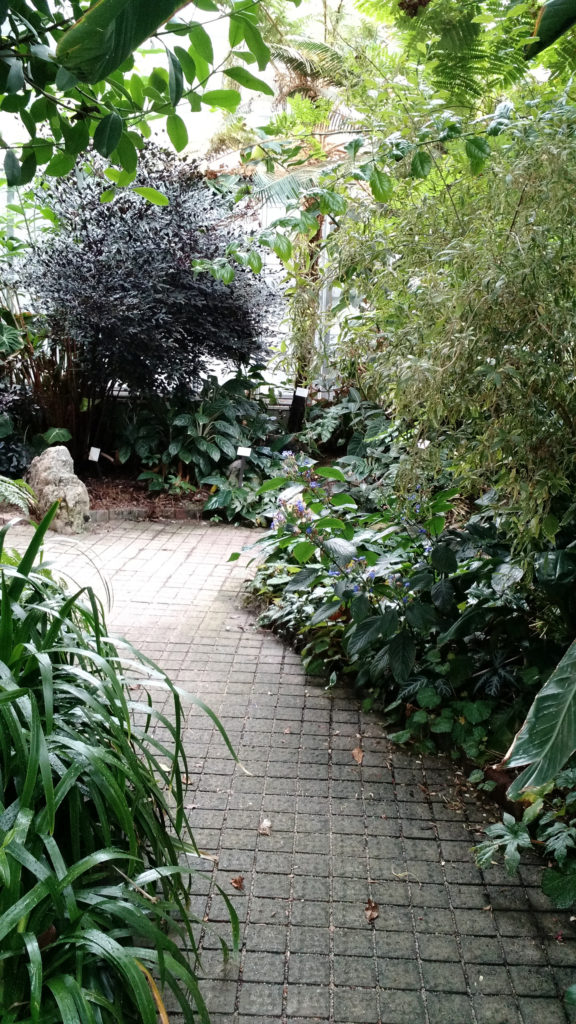 I think the Conservatory, like an art museum, will reward repeated visits.
I think the Conservatory, like an art museum, will reward repeated visits.
In the meantime, enjoy these pictures and imagine that you’re someplace warm and humid and filled with tropical plants.

Even though I’m finding my self-care regimen for seasonal depression pretty adequate these days, I’m always interested in more tools. One thing that caught my attention recently was an interview with Brant Cortright in which he talked about his book The Neurogenesis Diet and Lifestyle.
Cortright has a bunch of interesting things to say, one of which I already knew: that depression is not a disorder of serotonin deficiency. According to him—and this I did not know—the way SSRIs work is by promoting neurogenesis. In the interview he said that depression turns out to be caused by a lack of neurogenesis, as are several other disorders (e.g. Alzheimer’s).
I checked the local libraries for copies of his book without success, but in my searches I happened upon this article: Successful brain aging: plasticity, environmental enrichment, and lifestyle by Francisco Mora, which seems to cover pretty much the same ground.
People are looking very hard at drugs besides SSRIs to promote brain plasticity, but the whole idea sounds problematic to me, so I’m interested in the various non-drug interventions suggested by Cortright and Mora. Fortunately, it seems that neurogenesis is easy to increase, by doing the obvious things we already know about:
I think of my artist dates in particular as environmental enrichment, but of course time spent in nature counts as well. The parkour I do probably counts double, because there’s learning how to execute the moves, but there’s also learning to see the environment as a place where those moves are useful.
My weight loss practices have been substantially motivated by the science around calorie restriction as a way to improve health generally, with additional neurogenesis just one factor.
My experience over the previous 30 years convinced me that approaching calorie restriction in a numerical, analytical fashion—tracking what I ate, estimating the calorie content, aiming for some target X% below maintenance—would be unsuccessful. Instead, I came at it from the other direction: If I’m losing weight, I must be restricting my calories.
The caloric deficit implied by my weight loss over the past five years is just about 100 calories per day. Maintenance for me is probably around 1800 calories per day, so I’ve averaged about 5.5% below. It would probably be more accurate to say that I’ve averaged about 10% below maintenance for about half that time, as I’ve generally lost weight during the summers while maintaining a stable weight through the winters. Either number is well shy of the “20% to 40%” reduction that’s been shown to decrease the rate of aging of the brain, but I rather suspect that the benefit exists even at these lower levels—with the added bonus of being sustainable over a much longer period of time. (I mean, how long can you maintain a 40% deficit below maintenance before you simply waste away?)
According to Mora, aerobic exercise seems to increase neurogenesis by the same chemical pathways as calorie restriction. According to Cortright, it has to be aerobic activity of substantial duration—some twenty minutes or more. In particular, the sort of HIIT workouts so beloved of the paleo/primal folks don’t seem to produce the same effect. That’s fine with me: Humans are much too well-adapted for endurance running for me to buy into the idea that primitive humans didn’t do marathon-distance runs when they needed to. Besides, I enjoy long runs.
Of course, neurogenesis is reduced by the obvious things:
My parents made a considerable effort to keep me and my brother free of neurotoxins, and I have managed to avoid concussions so far. I’m sure I subjected myself to excessive blood glucose levels for years, but I think I’ve got that under control now. I also subjected myself to excessive levels of stress for years, due to the vicious circle of my seasonal depression making me unproductive, my lack of productivity making me stress about losing my job, and the stress no doubt worsening my depression. I’ve got that under control now as well.
Really then, this whole neurogenesis thing doesn’t so much give me new strategies for staving off depression, as provide a conceptual framework for organizing the strategies I’m already using.
Even just that seems worthwhile.
(The image at the top is of these great doors at the Environmental Education Center at Kennekuk County Park. The branching trees reminded me of neurons, a little.)
In my family, “brain chemicals” is the shorthand term for unmotivated negative feelings. That is, when you’re feeling sad because something bad happened, that’s normal, but when you’re feeling sad for no particular reason, that’s brain chemicals. (On the theory that you’ve probably got a chemical imbalance or something, and that you should probably see a doctor about it when you’ve got the time.) The same applies to anger, frustration, anxiety, etc.
I mention this because I often suffer from brain chemicals, especially this time of year, when the days get short and dark and cold.
I’m actually doing pretty well this year. I’m doing a bunch of things that help. I’m taking my vitamin D. I’m trying to get outdoors for some actual sunlight, any day that there is any. I’m getting my exercise in. (For many months now, Jackie and I have been lifting weights three times a week and doing an hour of taiji three times a week. I’m trying to get in an hour of walking and at least a few minutes of additional taiji on the other days of the week.) I’m being productive. I’m getting enough sleep.
Still, despite all that, brain chemicals seemed to be setting in yesterday. I was feeling over-busy, under-accomplished, and frustrated. So, I went to level two in the fight against brain chemicals, and scheduled an artist’s date.
I think of it as a date with my muse. A proper artist’s date involves going somewhere and spending time with something that spurs creativity. That could be almost anything, and if I did them more often (and I really should) I’d probably have to broaden the range of places that I go. But I don’t do them very often, so I can usually get away with taking my muse to the same few places.
I started at the Krannert Art Center. Much of their exhibit space today was full of stuff that I had little interest in, but outside the museum proper there’s a changing exhibit of student work that’s often more interesting than the work in the museum itself. Today it had the work of school children. There were a lot of interesting ideas—for example, a low passageway made of cardboard where kids who’d studied ancient cave paintings had painted their own—even if only a few of the actual pieces spoke to me.
Connected to the museum is the school of design building. They often have some student work on display in the hallway, and I rather liked a small group of pieces by students who had apparently had the assignment to create a brand identity for themselves. They produced the same elements that a brand identity package from a marketing firm would provide—a name and logo (provided in a couple of sizes and formats, in both color and black & white), together with some key terms and images that could go into a branded ad campaign.
It was everything an artist’s date needs to be—a reminder that creativity is everywhere, a reminder that there can be joy in art of all sorts.
I was already feeling better today, and expect that I’ll feel even better tomorrow.
I was feeling kind of glum yesterday. It was just brain chemicals, I think—the result of a gray day when I was already feeling a little discouraged about my progress on my novel. (My recent post on how I’m not suffering as much from seasonal affect disorder notwithstanding.)
I was already feeling better today (it’s sunny), but decided to do something cheering anyway. So, I went to the Krannert Art Museum, which turned out to be showing an exhibit of turn-of-the-century poster art. I’m a big fan of poster art and art deco, so it was full of wonderful stuff. By merest coincidence, I’d earlier in the day happened upon this Art of the Poster 1880-1918 site, so I got a fun double dose of poster art.
Plus, one of the posters featured a loom, which I thought Jackie would appreciate.
There was also an exhibit of student art in the lobby outside the art museum that was much more interesting than 90% of what was in the museum itself. I couldn’t find a link, which is too bad. There was a lot of good stuff—some pretty, some funny, some thoughtful.
When it comes to dealing with glumness, I think it’s basic things that really matter—nutrition, exercise, getting enough sleep, spending some time out in the sun whenever there’s a sunny day. Once I’ve got that covered, though, the best short-term response to short-term glumness is to fit something cheerful into the day; preferably something that’s not just cheerful, but also meaningful in some way. For that, I particularly like going to museums. Something that’s merely cheering is worth doing. Something that’s cheering and also feeds the soul is even better.